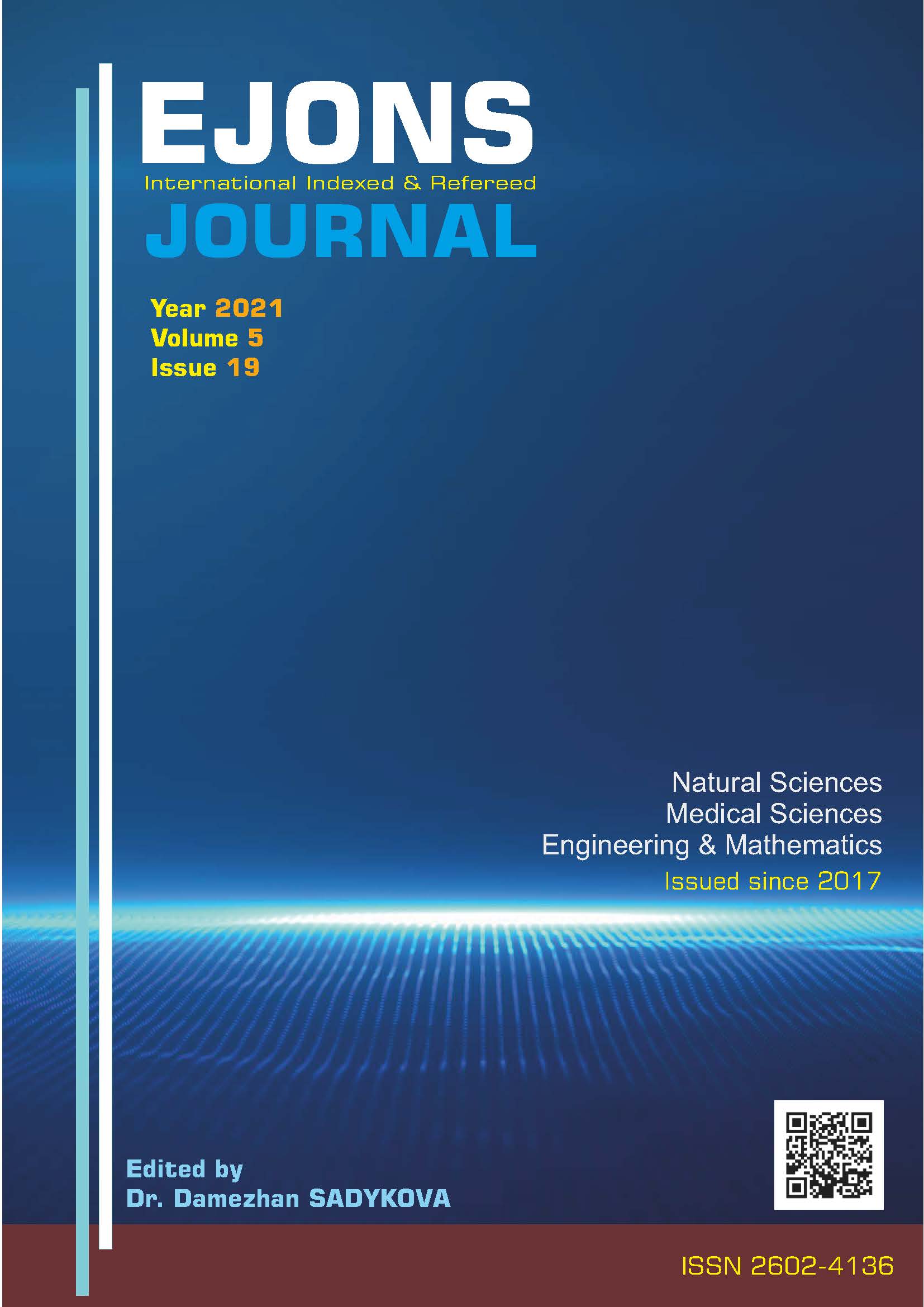COMPARISON OF DIFFERENT IMAGE PROCESSING ALGORITHMS FOR THE USE OF POROSITY DETECTION IN METAL ADDITIVE MANUFACTURING
DOI:
https://doi.org/10.38063/ejons.462Keywords:
Additive Manufacturing, Powder Bed Fusion, Porosity, Image Processing, MatlabAbstract
Additive manufacturing technologies, which offer many different advantages, has been employed by various industries in recent years. Thanks to the powder bed fusion process, fabrication of parts has become possible by directly using the model of the part designed in the computer environment. However, there are still challenges to be overcome for the emerging process. Porosity, which is defined as the ratio of voids in the workpiece and cause many mechanical-metallurgical problems, is an example for the challenges. That’s why, it is necessary to determine the porosity of the parts produced with powder bed fusion, and then, if possible, to improve the process parameters. Non-destructive testing with X-ray, density measurement with Archimedes principle, and microscopic examinations are among the common methods used for porosity determination. The microscopic examination method is advantageous because the equipment to be used is widely available in both academic and industrial institutions. The special software used in this method, which is based on taking the cross-sectional images of the produced parts and then processing those, mostly do not have open source code. This situation is not preferred for researchers who want to detect porosity problems, to be sure of the accuracy of the algorithms used, and to understand the errors in additive manufacturing. This article compares three different algorithms used for image processing that can be explicitly integrated into Matlab software. First of all, artificially designed and known porosities in computer aided design software were determined by image processing algorithms. Then these algorithms are employed for microstructure images of three different materials which were produced powder bed fusion additive manufacturing. As a result, it has been seen that the thresholding technique is important in the determination of porosity and it has been revealed that the materials used and the microstructure preparation processes also affect the results.
Downloads
Published
How to Cite
Issue
Section
License

This work is licensed under a Creative Commons Attribution-NonCommercial 4.0 International License.


